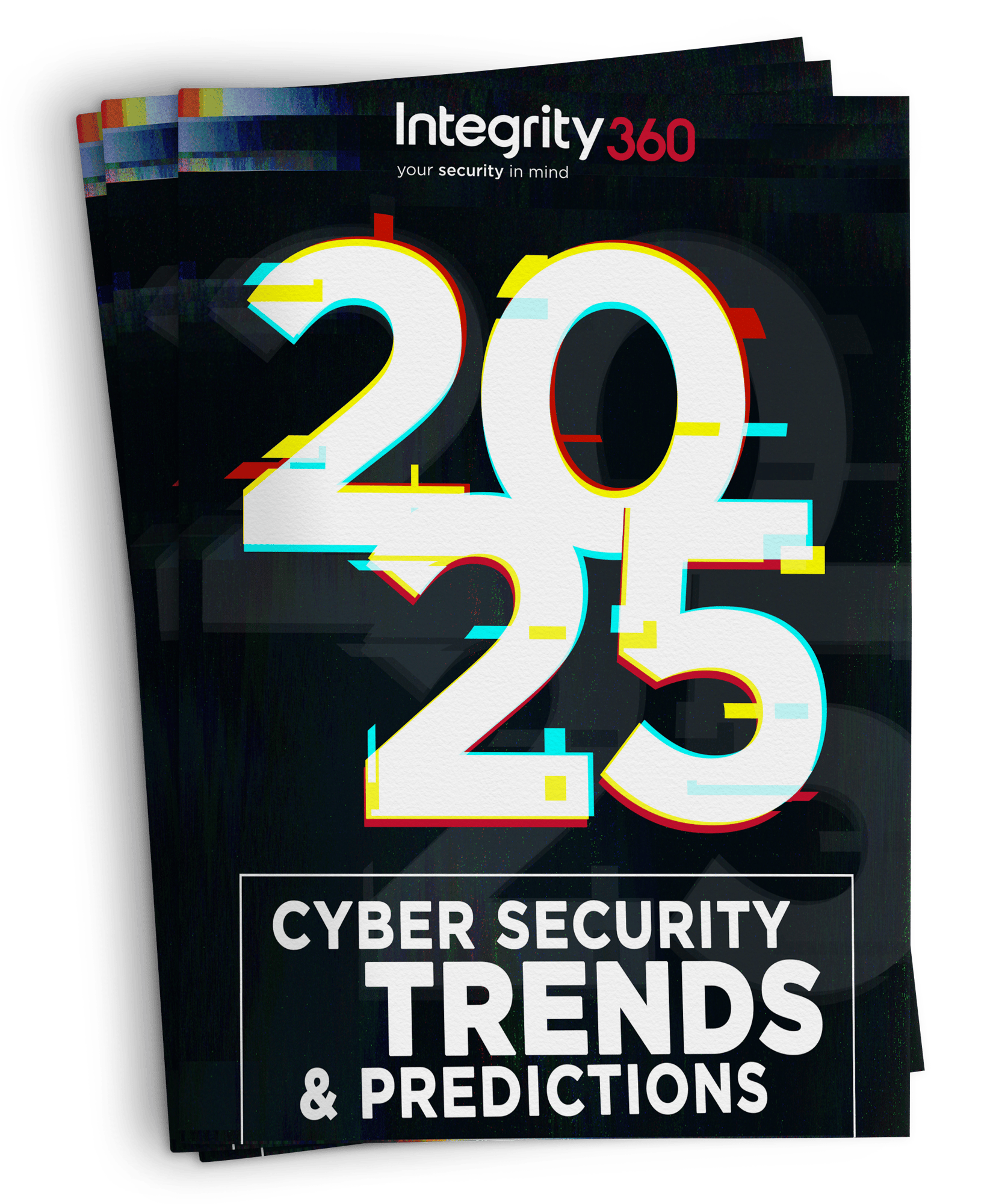It’s the spookiest time of year, but the scariest masks aren’t made of latex but pixels.
As deepfake technology becomes more advanced, it’s blurring the line between what’s real and what’s synthetic. What started as a novelty in movies for Halloween pranks and viral videos has evolved into a serious cyber threat, one capable of fooling employees, investors, and even security environments.
This October, during Cyber Security Awareness Month, Integrity360 is shining a light on one of the most unsettling trends in the cyber world — deepfakes — and how organisations can protect themselves from this modern-day masquerade.
The Trick: What makes deepfakes so convincing?
Deepfakes use artificial intelligence (AI) to create hyper-realistic audio, video, and images that mimic real people. Using generative models, fraudsters can now produce footage of a CEO giving new payment instructions, a politician making false statements, or even an employee requesting sensitive data, all without a single real word being spoken by the real person.
What’s truly chilling? The technology is getting easier and cheaper to use. With just a few minutes of audio or video, cybercriminals can generate a digital clone, making “seeing is believing” a dangerous mindset.
The Treat: Awareness is your first line of defence
While deepfakes can be used for entertainment, they’ve quickly become a favourite tool for social engineering, fraud, and disinformation campaigns.
Real-world examples include:
- A finance employee transferring millions after receiving a video call from a “CEO”, who turned out to be an AI-generated fake.
- Deepfake audio used to mimic a company director’s voice, tricking staff into approving urgent transactions.
- Fake political or celebrity videos spreading misinformation faster than fact-checkers can keep up.
So, how do you stay safe when the monsters wear familiar faces?
Spotting the Signs: How to unmask a deepfake
Not all deepfakes are perfect, yet. There are subtle tells that can expose a digital imposter:
- Odd eye movements or unnatural blinking
- Distorted facial shadows or mismatched lighting
- Glitches when the person turns their head or moves quickly
- Audio that doesn’t sync perfectly with lip movements
However, as AI models evolve, human detection alone won’t be enough. That’s where technology, process, and awareness combine for real protection.
Defend against the deepfakes
Protecting your organisation from deepfake-driven attacks means taking a layered approach:
- Educate employees – Run awareness sessions that help staff recognise signs of manipulation and verify requests before acting.
- Implement verification protocols – Always confirm sensitive requests via a secondary, trusted communication channel.
- Deploy advanced threat detection – Leverage AI-driven tools that analyse behaviour patterns and detect anomalies across your communication ecosystem.
- Strengthen identity security – Combine MFA, Zero Trust access models, and privileged identity management to prevent unauthorised actions, no matter who appears to be asking.
How Integrity360 Can Help
Deepfakes thrive in uncertainty, but with the right defences in place, they lose their power.
At Integrity360, we help organisations stay ahead of emerging threats through a combination of intelligence, technology, and expertise. Our teams work with you to:
- Assess your risk exposure to deepfake and impersonation threats as part of a broader cyber risk assessment.
- Strengthen your identity and access management to ensure requests and communications are verified and traceable.
- Implement advanced detection and monitoring through our CyberFire Managed Detection and Response (MDR) service, using AI to identify unusual activity in real time.
- Deliver tailored security awareness training, helping employees spot the telltale signs of digital manipulation and social engineering.
- Build resilience and response capabilities through incident readiness planning and simulation exercises, because the best defence is a good offence.
This Halloween, while others are unmasking monsters, make sure your organisation can unmask deepfakes. Because in the age of AI deception, the scariest threats are the ones that look and sound just like us.

.jpg?width=1200&height=390&name=Cyber%20AM_webinar_socials%20(1).jpg)
%20(Italian)%20(Swedish)%20(Italian)%20(Italian)%20(Spanish)%20(Spanish)%20(Spanish)%20(Spanish)%20(Italian)%20(Swedish).jpg?width=1920&height=1080&name=(Spanish)%20(Italian)%20(Swedish)%20(Italian)%20(Italian)%20(Spanish)%20(Spanish)%20(Spanish)%20(Spanish)%20(Italian)%20(Swedish).jpg)








